[Access analysis tool] About QA analytics [WordPress plugin]
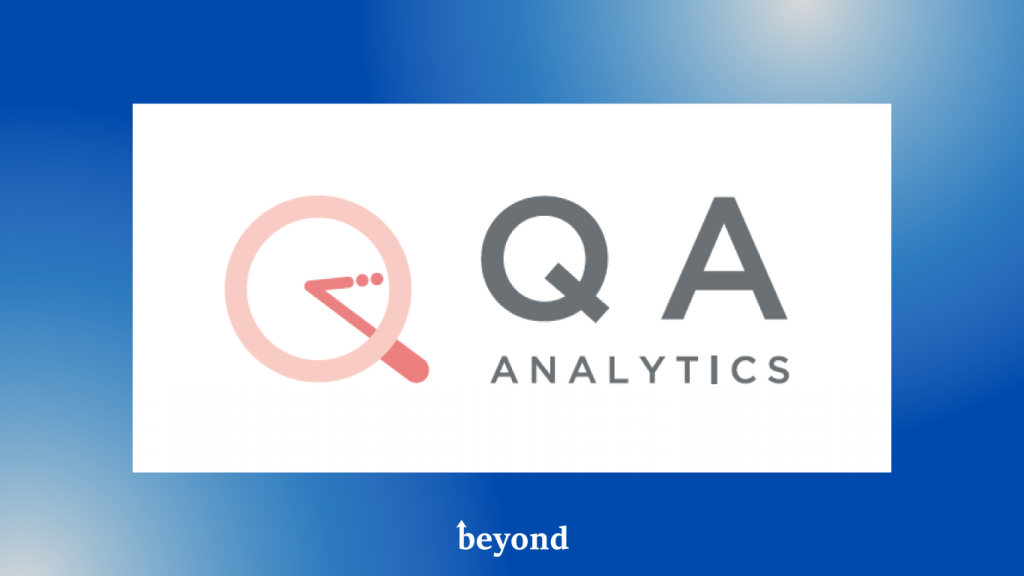
table of contents
This is Ohara from the technical sales department.
There is an announcement that the current Google Analytics (Universal Analytics = UA) will end on July 1, 2023, and you will need to migrate to the successor service "Google Analytics 4 (GA4)."
▼ The following is the official Google page. ▼
◆ Introducing Google Analytics 4 (GA4)
Starting July 1, 2023, standard Universal Analytics properties will no longer process data. After July 1, 2023, you will still be able to view Universal Analytics reports for a limited time, but new data will only be sent to your Google Analytics 4 property.
However, the successor service ``Google Analytics 4 (GA4)'' is very different in usability from the previous Google Analytics (Universal Analytics = UA), and there are many opinions and comments such as the following.
-The new GA4 is an access analysis tool that is different from the conventional UA.
・As I had to re-learn access analysis tools from scratch, the learning costs were high.
- It's simply difficult to operate and configure GA4, and I don't know how to use the console.
we will introduce the features and functions of QA Analytics, an access analysis and user behavior analysis tool that is gaining popularity and increasing number of users as ``post-Google Analytics . '
*This article is information as of September 2022.
Features of QA Analytics
QA Analytics is characterized by being "easy to see, easy to understand, and cheap."
● Simple and fast access analysis report
- You can analyze access on the WordPress management screen and rewrite articles as soon as you notice something.
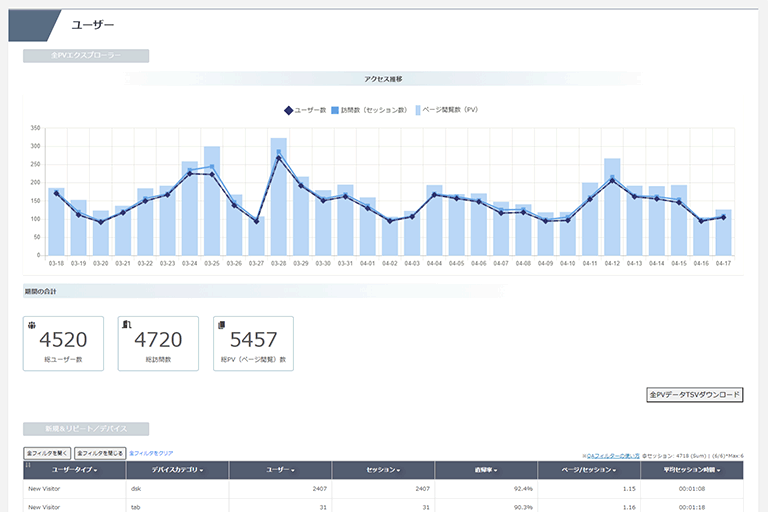
● Easy, no tags required, no complicated settings
, installation completed in just 2 steps. No need for troublesome tag installation or complicated settings.
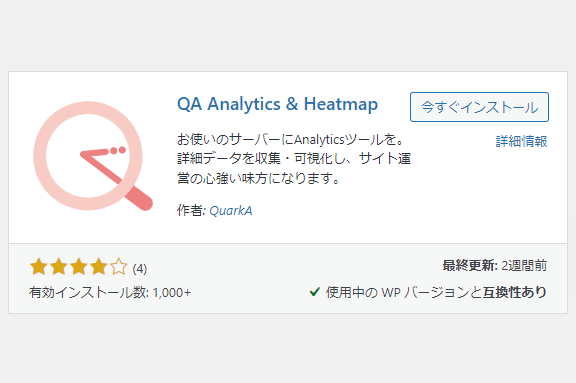
● Visually check user behavior
- In addition to numerical values, you can understand user behavior using heat maps and session replays.
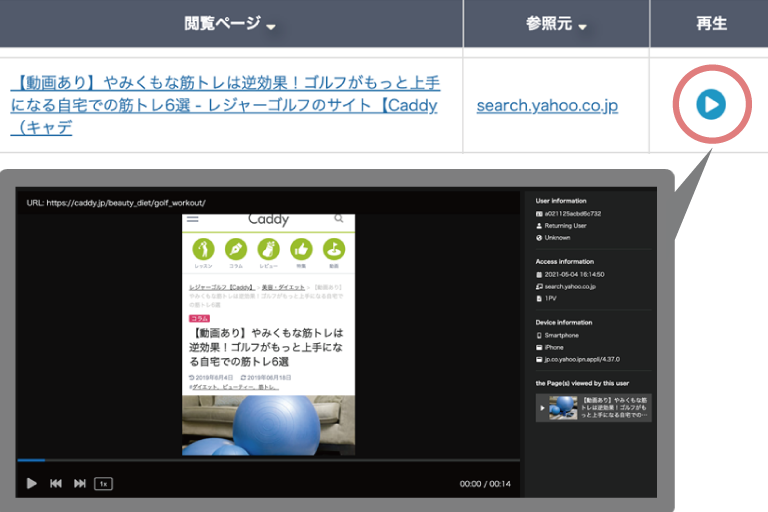
Main features of QA Analytics
The functions of QA Analytics can be broadly divided into two types: "analytics functions" and "data/creative improvement functions."
[Analytics function]
● Various analytics reports
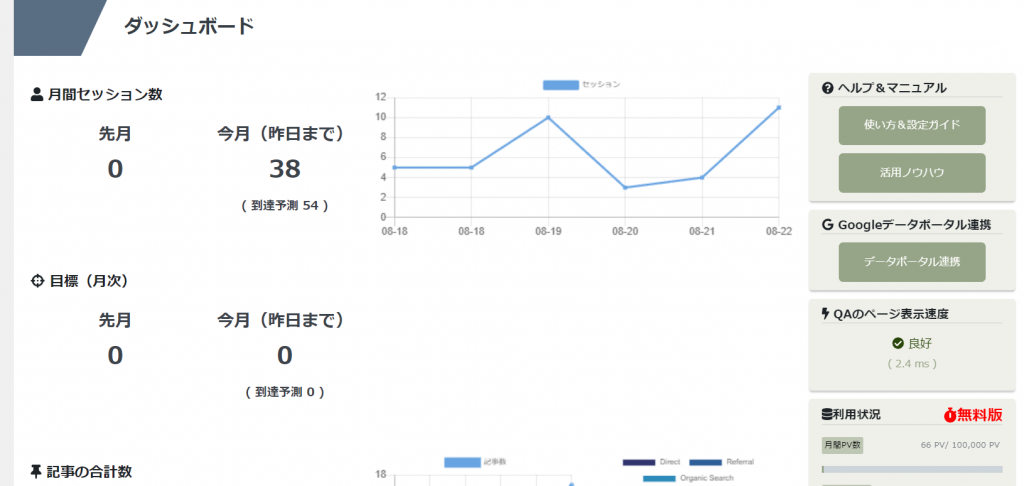
・Session report narrowed down to users such as new/returning users
・Session report narrowed down to customer acquisition channels
・Session status report for pages accessed by users
・Landing page growth rate understanding
・Conversion page access status report
・All PV data Downloadable
● Real-time recording playback
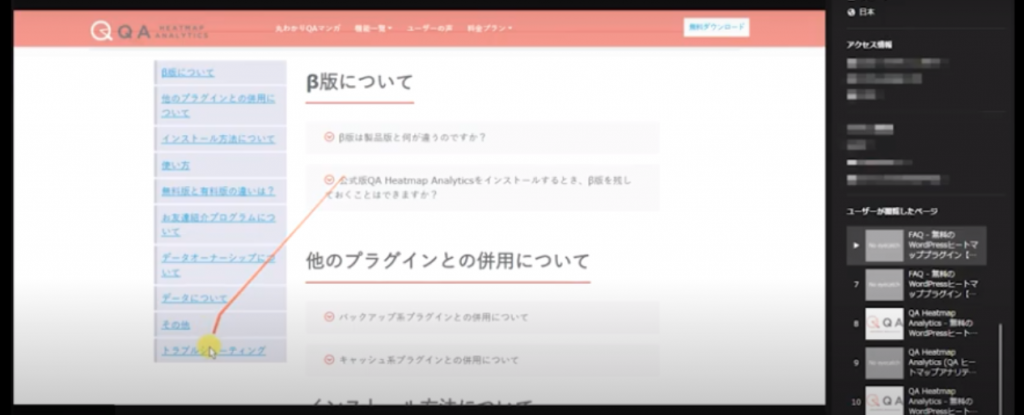
・You can play a real-time recording of a visitor from 30 minutes ago (session replay). This feature tracks the user's line of sight to see which part of the page the user is looking at. By looking at things like scrolling speed and vertical movement, you can easily understand the user's emotions.
[Data/creative improvement function]
● Heat map
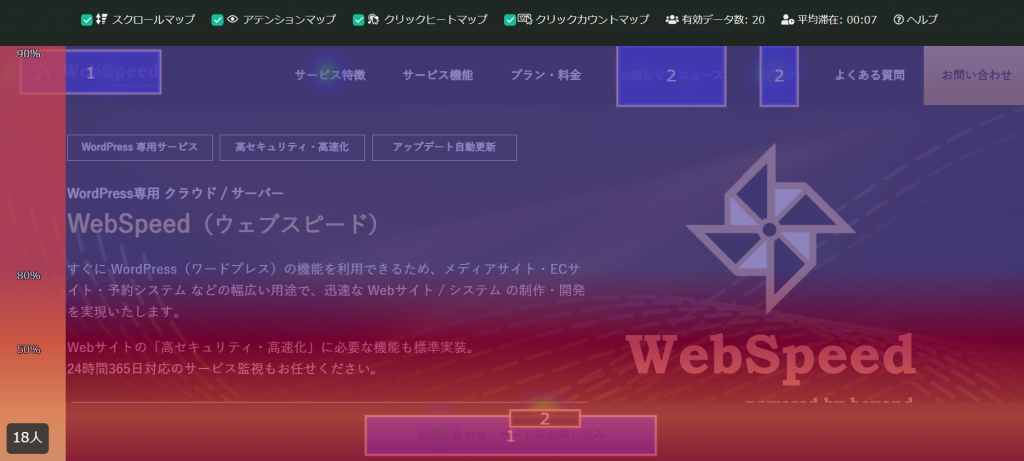
・Click heat map (where the visiting user clicked on the page)
・Attention map (where the visiting user was interested in the page)
・Scroll map (what percentage of people visited the page and how far they read) )
・Click count map (how many buttons and links are pressed)
● Session replay (recorded playback)
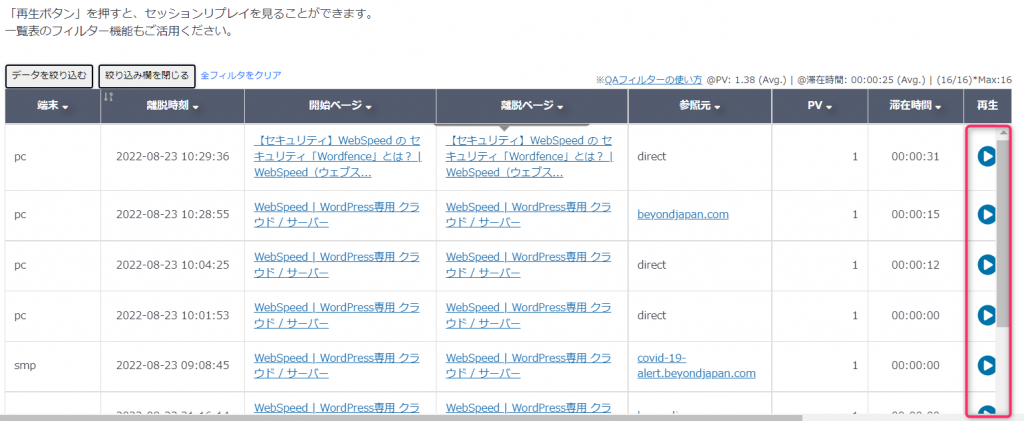
・Session replay (recorded playback) where you can watch videos of user behavior
・Download of PV data narrowed down by page/period etc.
summary
After using QA Analytics, my impression was that it was easy to see, easy to understand, and cheap.
QA Analytics can be used from the free plan, but even if you use the paid plan "Gold Pack Plan" with all the functions, it costs "actually 2,750 yen / month (tax included)" You can.
If your website is created using WordPress, you can use it for free by simply installing the plugins published within WordPress, so why not give it a try?

 5
5







